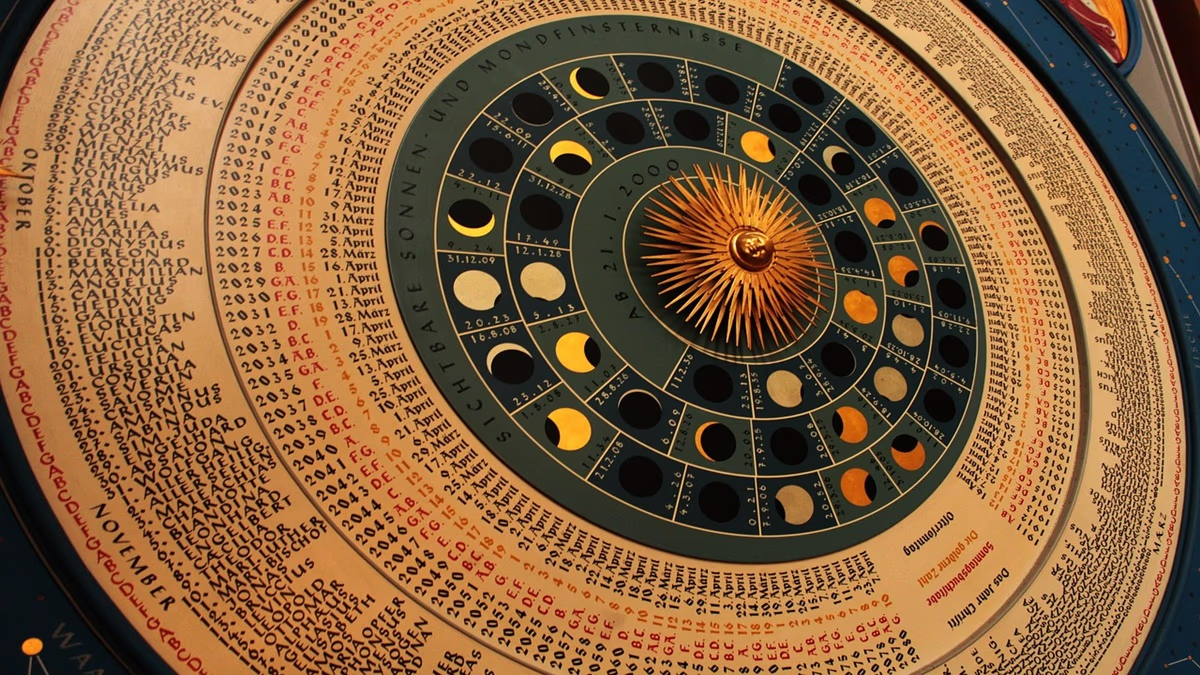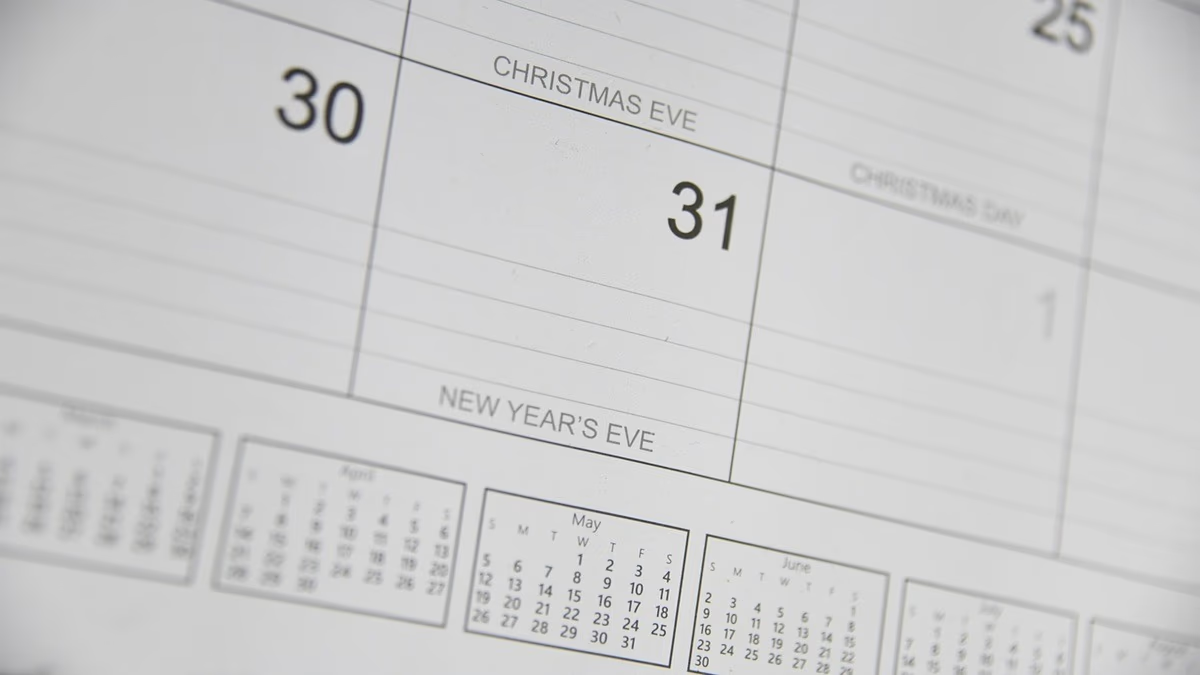
Source: aajtak
Usually, each month has 30 or 31 days, but there was a particular year when the calendar showed January 0 instead of December 31. Let's unravel this mystery.
(photo-Pixabay)

Source: aajtak
February 30, 1712
In 1700, Sweden decided to switch from the Julian Calendar to the Gregorian Calendar. Consequently, while the Julian Calendar observed a leap year, Sweden did not. (photo-Pixabay)

Source: aajtak
However, during 1704 and 1708 due to the ongoing Northern War, Sweden's attention diverted from the calendar, allowing these years to remain leap years. To eliminate confusion, Sweden decided to revert to the Julian Calendar. (photo-Pixabay)

Source: aajtak
Thus, the day omitted in 1700 was added back in 1712. Since 1712 was inherently a leap year, it uniquely featured February 30. (photo-Pixabay)

Source: aajtak
January 0
An old astronomical calendar referred to December 31 as "Zero January." According to this calendar, the date falls before January 1. Remarkably, certain scientific calculations and tables from 1900 initiated with this peculiar date. (photo-Pixabay)

Source: aajtak
December 32, 1980
The Lear Fan 2100, a twin-engine jet, was to be completed by December 1980 as per contract. The British government funded this project. (photo- Pixabay)

Source: aajtak
However, due to technical glitches, the test flight scheduled for December 31 was canceled, and its prototype first took to the skies on January 1, 1981. In government records, this date is registered as December 32, 1980. (photo-Pixabay)




